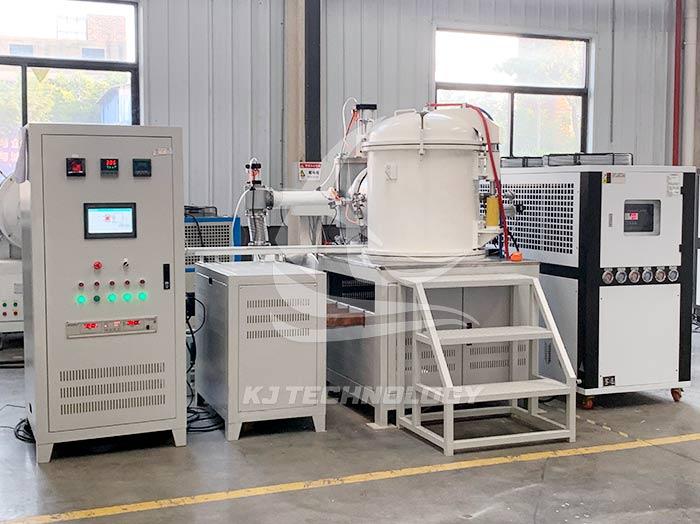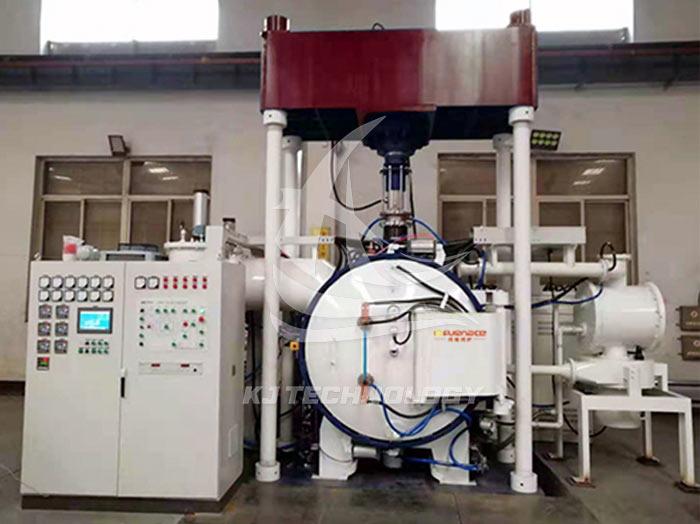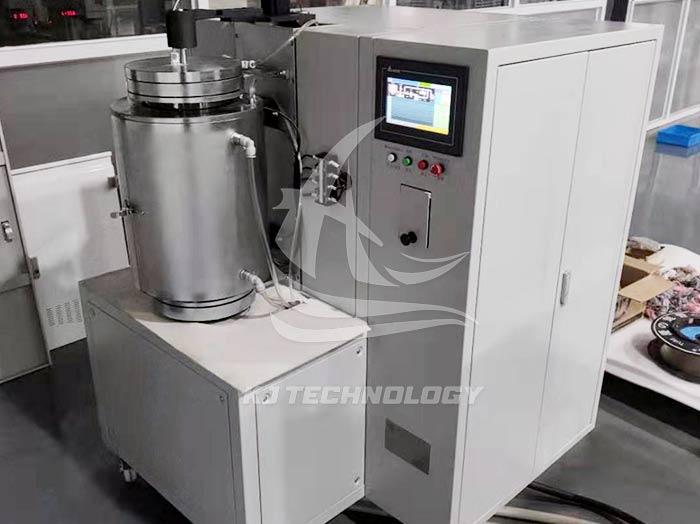What are the processes of metal heat treatment furnaces?
 08-12-2025 Author: KJ technology
08-12-2025 Author: KJ technology
The process of metal heat treatment furnaces can be divided into three categories based on the processing range, heating method, and chemical composition change method. Each category contains multiple specific processes. The following is a detailed introduction to the main processes of metal heat treatment furnaces:
1. Overall heat treatment process
Whole heat treatment is a process of heating the workpiece as a whole and cooling it at an appropriate speed to change its overall mechanical properties. It mainly includes four basic processes: annealing, normalizing, quenching, and tempering
Annealing:
Operation method: Heat the workpiece to an appropriate temperature (determined by the material and workpiece size), hold for a period of time, and then slowly cool down with the furnace.
Purpose: To eliminate internal stress in the workpiece and stabilize dimensions; Reduce hardness, improve plasticity, and enhance cutting and pressure processing performance; Refine grain size, improve mechanical properties, and prepare for the next process.
Application points: Suitable for forgings, welded parts, and raw materials with unqualified supply status of alloy structural steel, carbon tool steel, alloy tool steel, high-speed steel.
Normalization:
Operation method: Heat the workpiece to a temperature of 30-50 degrees above Ac3 or Accm, and cool it at a slightly higher cooling rate than annealing after insulation.
Purpose: To reduce hardness, improve plasticity, and enhance cutting and pressure processing performance; Refine grain size and improve mechanical properties; Eliminate the internal stress generated by cold and hot processing.
Application points: Normalization is usually used as a pre heat treatment process for forgings, welded parts, and carburized parts. For low-carbon and medium carbon structural steel and low-alloy steel parts with low performance requirements, it can also be used as the final heat treatment.
quench:
Operation method: Heat the workpiece to the phase transition temperature Ac3 or Ac1 or above, keep it warm for a period of time, and then quickly cool it in water, nitrate, oil, or air.
Purpose: To obtain a high hardness martensitic structure and improve the strength and wear resistance of steel.
Application points: Quenching can fully utilize the strength and wear resistance potential of steel, but at the same time, it can cause significant internal stress, reduce the plasticity and impact toughness of steel. Therefore, tempering is necessary to obtain better comprehensive mechanical properties.
Tempering:
Operation method: Heat the quenched steel parts again to a temperature below Ac1, and after insulation, cool them in air, oil, hot water, or water.
Purpose: To reduce the brittleness of quenched steel, improve plasticity and impact toughness; Stabilize the size of the workpiece and reduce or eliminate quenching stress.
Application points: According to different tempering temperatures, it can be divided into low-temperature tempering, medium temperature tempering, and high-temperature tempering, which are used to obtain different mechanical properties.
2. Chemical heat treatment process
Chemical heat treatment is a process that changes the surface chemical composition, structure, and properties of workpieces, mainly including carburizing, nitriding, and carbonitriding:
Carbonization:
Operation method: Place the workpiece in a carbon containing medium and heat it for a long time to allow the surface of the workpiece to infiltrate carbon elements.
Purpose: To improve the hardness, wear resistance, and fatigue strength of steel surface.
Application points: After carburizing, quenching and low-temperature tempering must be carried out to obtain martensitic structure and achieve the purpose of carburizing.
Nitriding:
Operation method: Utilize the active nitrogen atoms decomposed from ammonia gas at 500-600 degrees Celsius to saturate the surface of the steel with nitrogen and form a nitride layer.
Purpose: To improve the hardness, wear resistance, fatigue strength, and corrosion resistance of steel surfaces.
Application points: It is mainly used for medium carbon alloy structural steel containing alloy elements such as aluminum, chromium, molybdenum, as well as carbon steel and cast iron. The depth of the nitride layer is generally 0.025-0.8mm.
Carbon nitrogen co infiltration:
Operation method: Simultaneously carburizing and nitriding the surface of the steel component.
Purpose: To improve the hardness, wear resistance, fatigue strength, and corrosion resistance of steel surfaces.
Application points: It is mainly used for low-carbon steel, low-alloy structural steel, and tool steel parts, with a general nitriding layer depth of 0.02~3mm; after nitriding, quenching and low-temperature tempering are also required.








